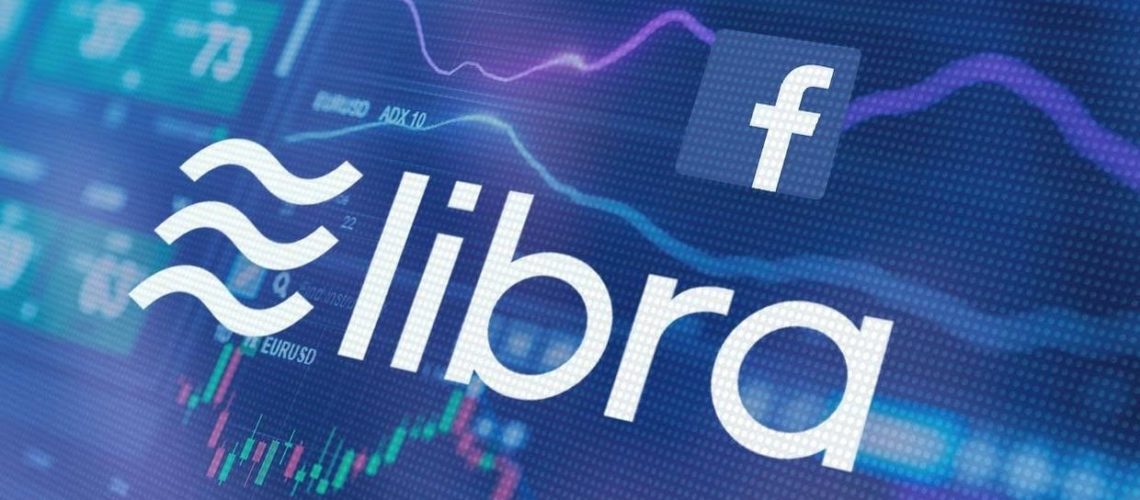SEC Fines and Libra Woes
October 3, 2019

This past week, two companies within the token ecosystem announced settlements with the SEC. The SEC has been pursuing enforcement action for the past couple of years in wake of the ICO boom and bust of 2017. Neither of the companies who settled admitted fault, but both have paid fines. Block.one (EOS creator) paid $24M on its unregistered $4B offering while Nebulous (SIA creator) paid $225K on its unregistered $120K offering. Nebulous also has a utility token offering; interestingly, the SEC agreed not to take action on that token, which seems to allow for a dual token structure going forward. Block.one’s relatively small fine given its massive raise, in my view, is not too dissimilar from the small fines that tech giants Facebook, Google and others have paid due to privacy violations. While regulation is certainly here for crypto, the SEC appears to be making good on its claim that it wants to support innovation while holding companies to current laws.
Meanwhile, Libra, the cryptocurrency announced by Facebook back in June, is facing a tumultuous start. Regulators from France and Germany have vowed to block Libra’s use in Europe due to concerns relating to financial stability, money laundering and consumer risk. Both governments asserted that no private entity should claim monetary power.
In the face of this setback, the Libra Association contends that they will be “firmly maintaining (their) launch schedule” for the second half of 2020. They emphasized that the stablecoin will be backed by fiat reserves from a basket of currencies (notably USD, EUR, GBP), which should stave off comments about its intrinsic volatility.
In response to Libra, the European Central Bank has highlighted its efforts to build a real-time payments system in the euro zone, known as TIPS and originally announced in November 2018. The ECB also reiterated its interest in building a long term digital currency for the Euro, but little information has been disclosed so far. In addition, Libra has forced the EU to think harder about what a clear regulatory framework would look like for cryptocurrencies.
As more countries and trade regions aim to develop public digital currencies, the distinction between a digital currency and cryptocurrency remains important—mainly that true cryptocurrencies (such as bitcoin) aren’t tied to fiat reserves and do not have a controlling entity. A sovereign digital currency, on the other hand, is simply a digital manifestation of cash issued by a central bank. Countries’ proclivity towards digital currencies is fueled by two factors. First, they provide central banks with more control and the ability to closely track the currency. Second, they can sever reliance on reserve currencies like the US dollar, a practice that now engulfs global trade. I have written and spoke extensively on the topic over the past few weeks (links are below) as it is important to educate on the distinction -and all of these may have potential significant impact on the global financial system over time. China has announced the acceleration of its digital yuan in light of the Libra announcement and I expect India to do the same with the rupee.
Complete Newsletter linked here: The FPV Blockchain Weekly #40, November 1, 2019
